Rank Species | Phylum Chordata | |
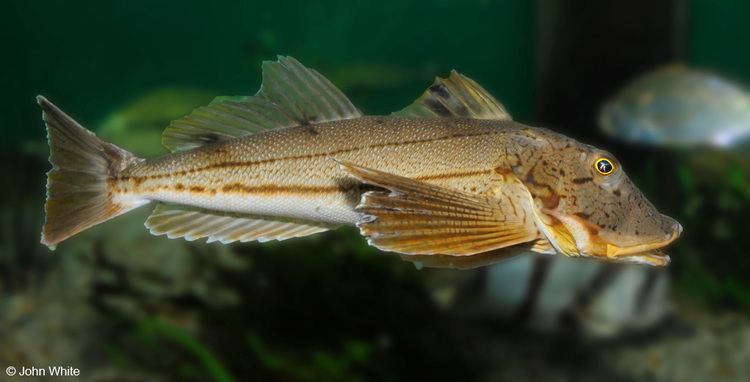 | ||
Similar Prionotus, Prionotus evolans, Bellator, Sea robins, Bellator militaris | ||
Prionotus carolinus, commonly known as the northern sea robin, common sea robin or gurnard, is a species of ray-finned fish found in shallow water on the east coast of the United States.
Contents
- Juvenile sea robin prionotus carolinus in pensacola bay
- Description
- Habitat and range
- Diet
- Uses
- References
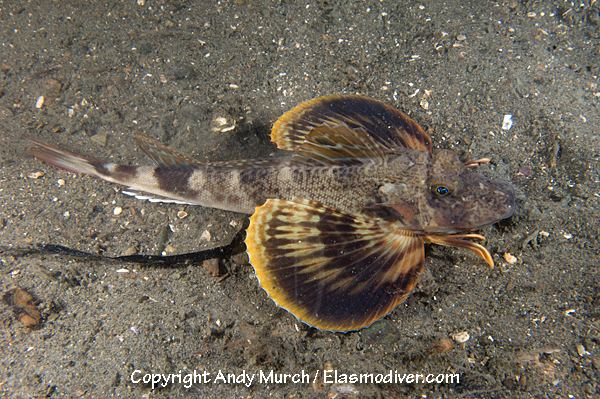
Juvenile sea robin prionotus carolinus in pensacola bay
Description
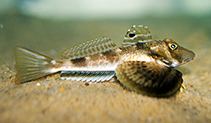
The northern sea robin can be identified by its broad spiny head, tapering body, blue eyes, and large, wing-like pectoral fins. The dorsal surface is reddish or grayish, the chin black, the belly pale and the fins reddish-brown with darker edges and paling to grayish-white at their bases. Three lower rays of the northern sea robin's pelvic fins are feelers used to "walk" along the bottom, so as to stir up bottom sediments to find food. Northern searobins grow to an average of 17 inches (43 cm) long.
Habitat and range
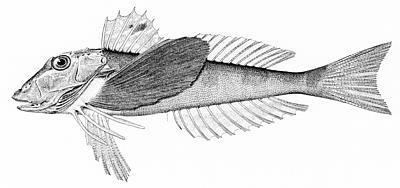
Northern sea robins are found in shallow seas from Southern New England and New York southward to Cape Hatteras, North Carolina, where they are found in estuaries to the edge of the continental shelf. They prefer the sandy bottoms of the waterbed, where they feed by kicking up sediment to find food, using their "legs"
Diet
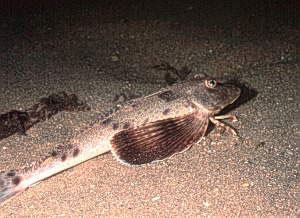
The northern sea robin feeds on a wide variety of invertebrates, including shrimp, crabs, amphipods, squid, bivalve mollusks, and segmented worms. It has also been known to bite readily on any bait, suggesting a fairly non-selective feeding habit.
Uses
Northern sea robin are primarily fished for sport as they put up a good fight when hooked. The spines make it difficult to clean them but they have edible flesh that is comparable with Kingcroaker or whiting and can be broiled and baked.
Other uses for the northern sea robin are processing into fish meal, pet food or fertiliser. They are also used for baiting lobster pots and handlines for catching flatfish. Their eggs have been used as a substitute for caviar.
